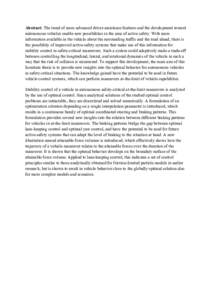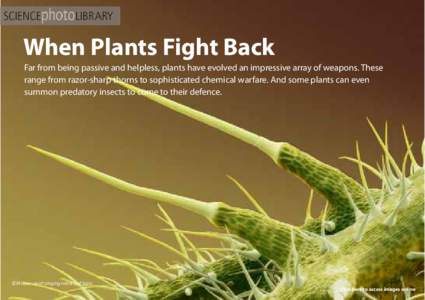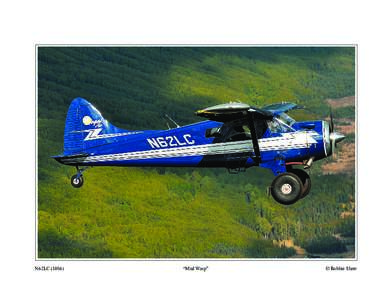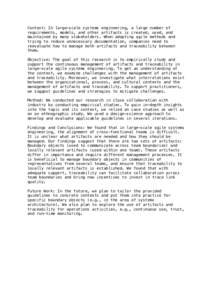<--- Back to Details
| First Page | Document Content | |
|---|---|---|
 Date: 2011-09-20 14:07:08Biological pest control Apocrita Pollinators Parasitism Parasitoid Braconidae Polydnavirus Wasp Ichneumonidae Hymenoptera Phyla Protostome |
Add to Reading List |
 | Abstract: The trend of more advanced driver-assistance features and the development toward autonomous vehicles enable new possibilities in the area of active safety. With more information available in the vehicle about tDocID: 1viGw - View Document |
 | Parasitic wasp on leafroller larvaDocID: 1v76n - View Document |
 | N62LC (1086) “Mud Wasp” © Robbie ShawDocID: 1uQuL - View Document |
 | Suzhou Jiajun Auto-Well Industrial Automation Co,.Ltd Brand :Smart Wasp Model: S300DocID: 1uJHT - View Document |
 | Context: In large-scale systems engineering, a large number of requirements, models, and other artifacts is created, used, and maintained by many stakeholders. When adopting agile methods and trying to reduce unnecessaryDocID: 1uExO - View Document |
 TROPICAL BIOLOGY AND CONSERVATION MANAGEMENT – Vol.VII - Parasitoid Wasps, Natural Enemies of Insects - A. Bone
TROPICAL BIOLOGY AND CONSERVATION MANAGEMENT – Vol.VII - Parasitoid Wasps, Natural Enemies of Insects - A. Bone